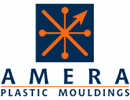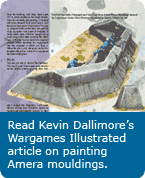Prepping and Painting Tips
Products are supplied unpainted usually in white plastic. Before painting there are some recommended steps. This page and clickable painting & prepping guide gives basic instructions. For more inspiration, customer hints and tips, have a look at albums of our products painted by clicking the link at the top of each product page, or see over 50 reviews . A great customer video review showing prep and finished products here
IMPORTANT Before paint is applied, the whole moulding should be washed in warm water with a small amount of washing-up liquid then dried. This will remove any traces of grease and make the paint adhesion that much easier.
The mouldings are produced with an edge, which you may wish to hold during painting, or remove before starting. Either way, a sharp craft knife is required to remove the lip.
Key any edges to be glued with fine sand paper. For kits needing to be glued we recommend polystyrene cement, which is widely available, similar to the 2 types we sell on our Finishing Accessories page, plastic weld or superglue.
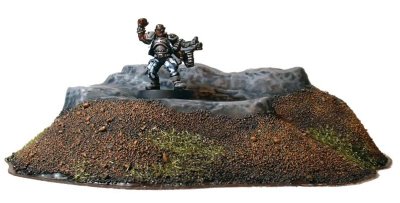
F213: Scenery Set (one of three).
Next, it is recommended that the entire surface is coated with undercoat. Acrylic car primer sprays are ideal for this task, some car spray paints are dedicated to plastic, are labelled such and are the best to use. Some modellers like to add effects, such as sand for texture, using watered down pva glue before paint is applied
Finally, acrylic or enamel paints can used to colour the item. You should be able to find acrylics in most model shops or art supply retailers.
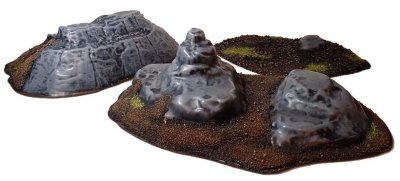
F213: Scenery Set.
For extra effect, you might like to add "grass" material and foliage, available from your local model shop. Adhere using good quality pva/wood glue.
This page features some images painted by Ian Haynes, and are included here with his kind permission.
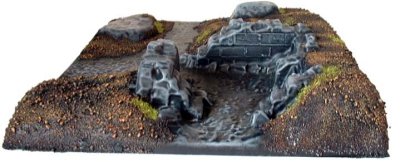
F209: Ruined Building.
